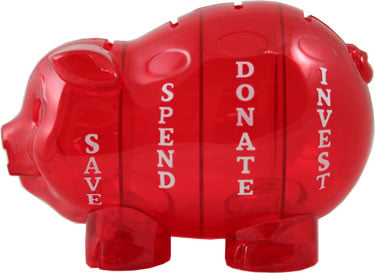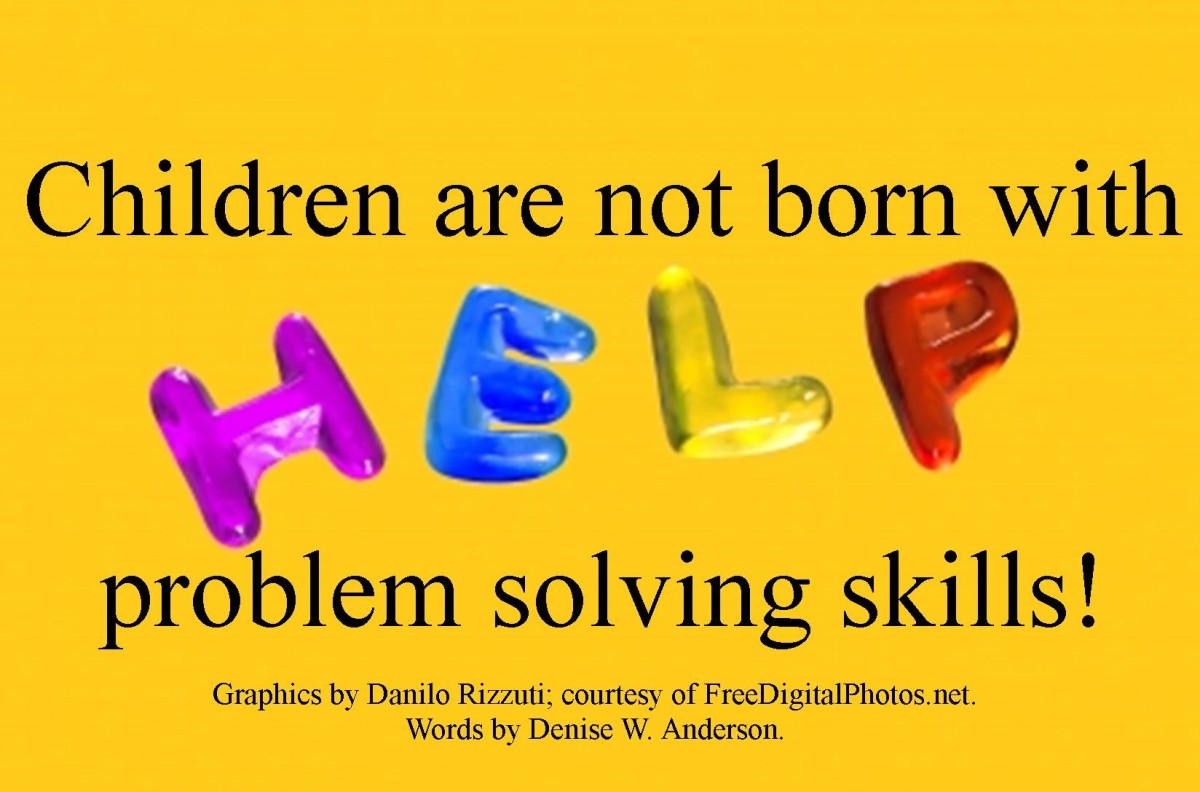Teaching Young Children How to Handle Money - Kids Money Bank
Teach Children How To Handle Money Sensibly
It is the responsibility of every parent to teach children how to handle money sensibly. This should be introduced to the children at a young age and especially after seven years. As the child grows older, the teaching should become more detailed.
Many parents would prefer to avoid teaching their children how to handle money thinking that this will bring indiscipline to the children. The truth is that this is not realistic as the children will in one way or the other come to learn that sweets and ice-cream are bought with money, and if you as the parent do not take the necessary steps, then the child will find ways of getting the money. This will be very embarrassing to you, to say the least.
To teach the child how to handle money, there are two methods that you can use:
1. Kids Money Box
2. Envelopes or Money bank with multiple chambers

The Kids Money Box
The kids’ money box is ideal for the initial stages when the kid is just learning how to count. Every month you will give the child a fixed amount of money which is put in the box. Whenever needs arise, the kid can spend the money but when the money in the box gets finished, no more spending. The child should be made to understand that and should be well explained to the child. This is meant to demonstrate that the money box is not endless pit. No matter how much the child pleas for advances, please do not give in. This should help the child understand that debts are not allowed and that what can be spent is only what is available and no more.
Kids Modern Money Pig Piggy Bank
The Envelope or Kids Money Bank with Multiple Chambers
After the age of 7 years old, it’s time to introduce your child to the envelope method of using money. In this method, you give the child four envelopes, each marked with a label stating the four use of the money, namely: save, spend, donate and invest. The Envelope method is superior to the money box method because a child will get to learn how budgets work. The amount in each envelope is the budget allocated for either saving, spending, donating and investing. You need to provide the child with a plan. This is important for the child to learn that over-use of credit will only make us live on a day-by-day basis. In the final analysis, all sources of finance including credit will run out and this is usually at a time when a lifestyle has been established that will make it impossible to start repaying the debits.
This envelope method should be continued up to the teen age when the child is responsible for buying his own major things like clothes, toys, DVDs, games and books. The idea here is to let the child understand that in as much as he may be interested in buying a play station, if he does buy one then he will have to go without many other items for many months. He will understand that he does not always have to have what every other child is having. The child will also have to learn how to save which is a good habit for everybody. Remember that once the habit of saving is established in a young child, it will run with the child for the rest of his life. But instead of using four basic envelopes, you can buy the modern Money Pig Piggy Bank which have four chambers, one for each of the four money management choices of save, spend, donate, and invest that a child should be taught.
As you teach your child how to handle money, please bear in mind the following:
1. That once money gets finished from their money bank or envelope, the child can either work to earn some more, or do without the particular item. In every house there are jobs in the house that they would not ordinarily do. Let them do those jobs but help them along as they will make mistakes but the message is to get the idea in their minds.
2. Teach the child that money is not everything in life and that money will not buy everything. Never pay the child to behave well or to tell the truth. They should know that behaving well and telling the truth are things they have to do without pay.
3. Teach the child the value of donating for a worthy cause such as giving to the needy and less fortunate. But they can only give what is allocated for donating.
4. The child should be taught that when the finances in the home are low, the standard of food can go down without him rebelling.
5. Hiding the family financial problems from the children is not the best solution but teach them how to behave when things are not financially good for the family.
If you have liked this article, and you would want this page to keep up and improved, you can help by purchasing some great items from Amazon by following Amazon links and widgets on this page. A free way to help would be to link back to this webpage from your web page, blog, or discussion forums.
The Author’s page is designed to help beginners and average readers make some money as an extra income to supplement what they may be earning elsewhere - details of which you can find in My Page, if you will.










